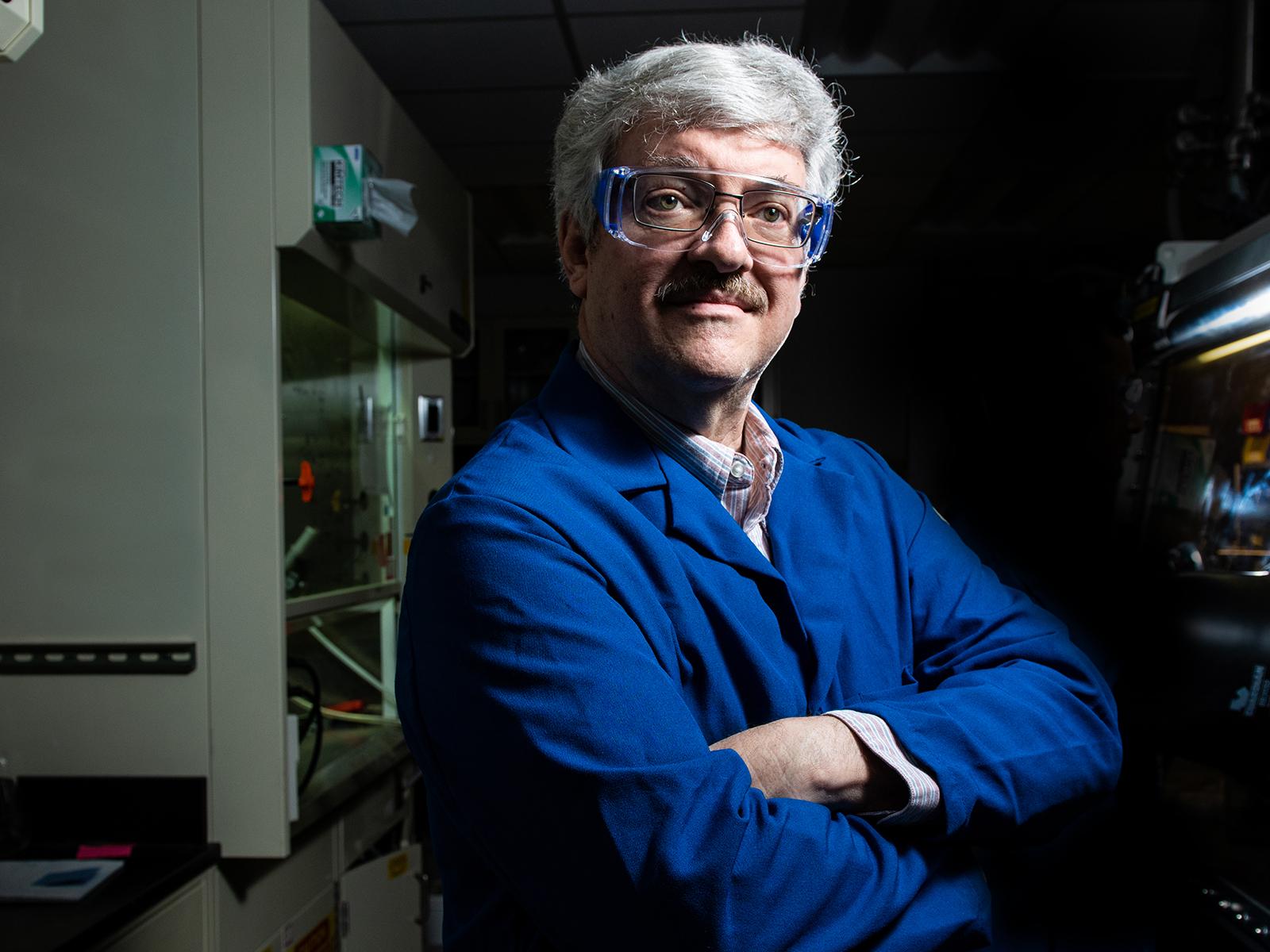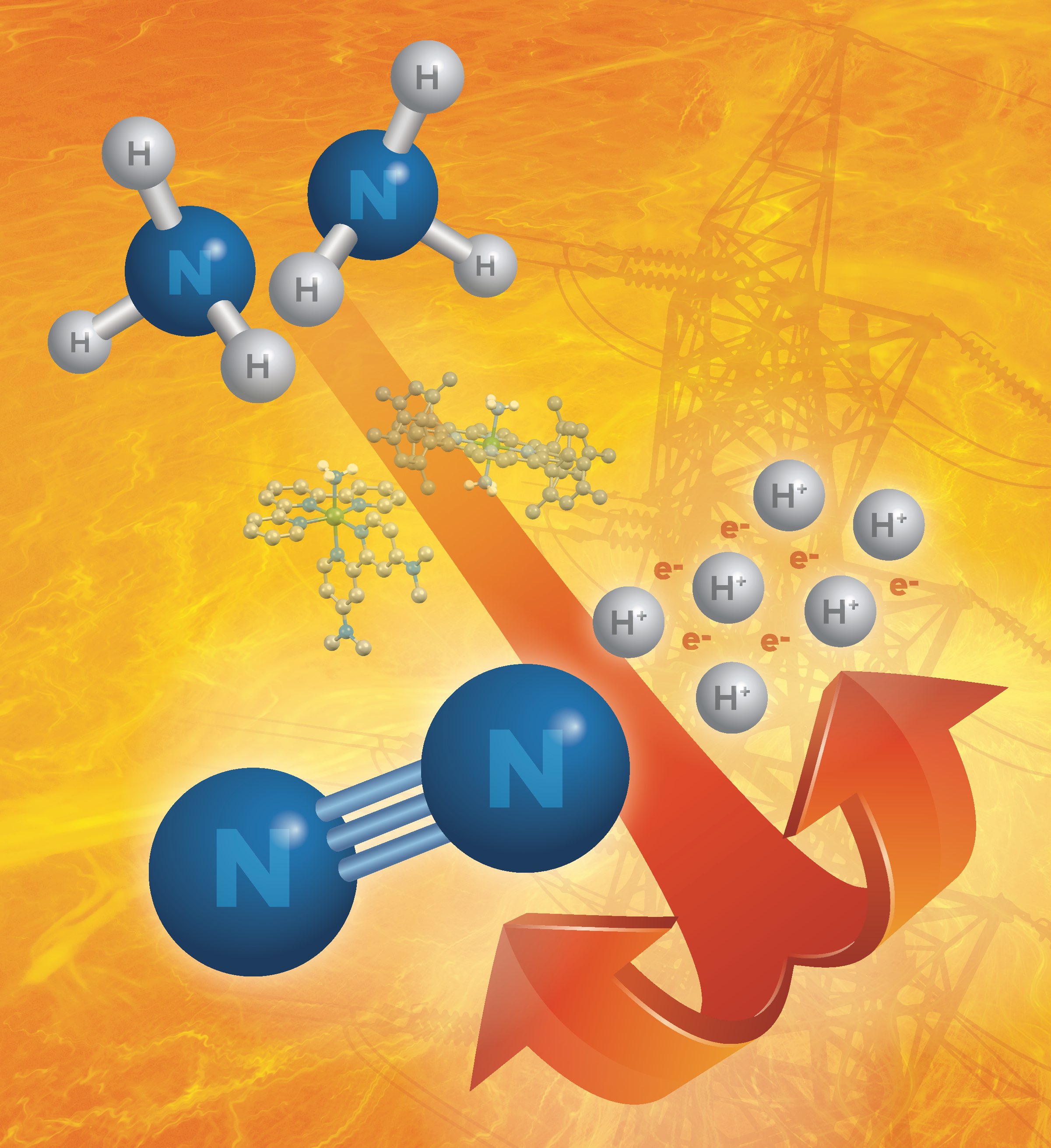
Morris Bullock Co-Chairs Hydrogen Roundtable
Laboratory Fellow Morris Bullock, a chemist at Pacific Northwest National Laboratory, co-chaired a roundtable discussion on carbon-neutral hydrogen convened by the Department of Energy's Office of Basic Energy Sciences. Scientists and engineers from academia, industry, and national laboratories participated in the roundtable, "Foundational Science for Carbon-Neutral Hydrogen Technologies."

Morris Bullock to Be Honored as First National Laboratory Scientist to Receive American Chemical Society Award in Organometallic Chemistry
The American Chemical Society (ACS) will honor Morris Bullock with the coveted 2022 ACS Award in Organometallic Chemistry as the first national laboratory employee to receive the award. Bullock is a Laboratory Fellow and chemist in the Physical Sciences Division at Pacific Northwest National Laboratory (PNNL), the director of the Center for Molecular Electrocatalysis, an Energy Frontier Research Center led by PNNL, and associate director of PNNL's Institute for Integrated Catalysis.

CME's Brandi Cossairt Elected to the Washington State Academy of Sciences
Brandi Cossairt, who is a PI in the Center for Molecular Electrocatalysis (CME) and a Professor of Chemistry at the University of Washington, was elected to the Washington State Academy of Sciences (WSAS).

Karthish Manthiram Receives Two Early Career Awards
Karthish Manthiram, the Theodore T. Miller Career Development Chair and an assistant professor in chemical engineering at the Massachusetts Institute of Technology (MIT), has been named both a 2021 Camille Dreyfus Teacher-Scholar and a 2021 Sloan Research Fellow.

Perspective on Oxidation of Ammonia
Ammonia, NH3, is an essential chemical, produced globally from the Haber process at a massive scale (165 million tons annually). A familiar component of strong household cleaners, ammonia is an energetically dense molecule that primarily turns into the fertilizers that feed the world. However, its potential for other applications requires knowledge on how to release the energy stored in the N-H bonds. A new article in the Journal of the American Chemical Society from CME researchers provides a perspective on the use of molecular catalysts to do just that by oxidizing ammonia.


